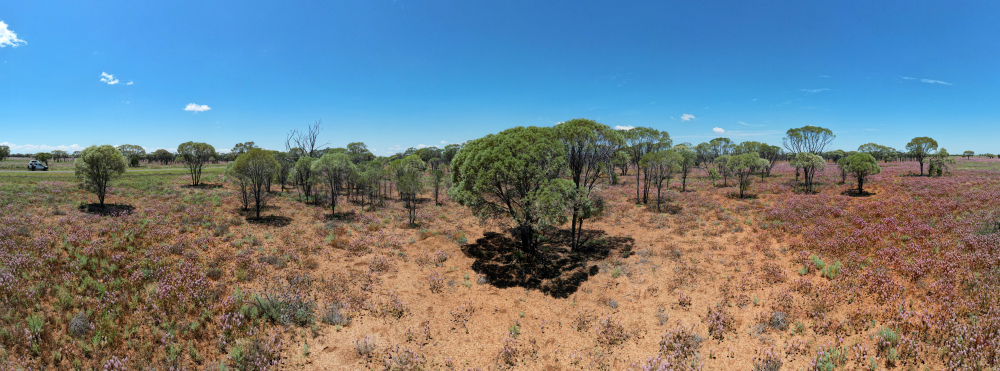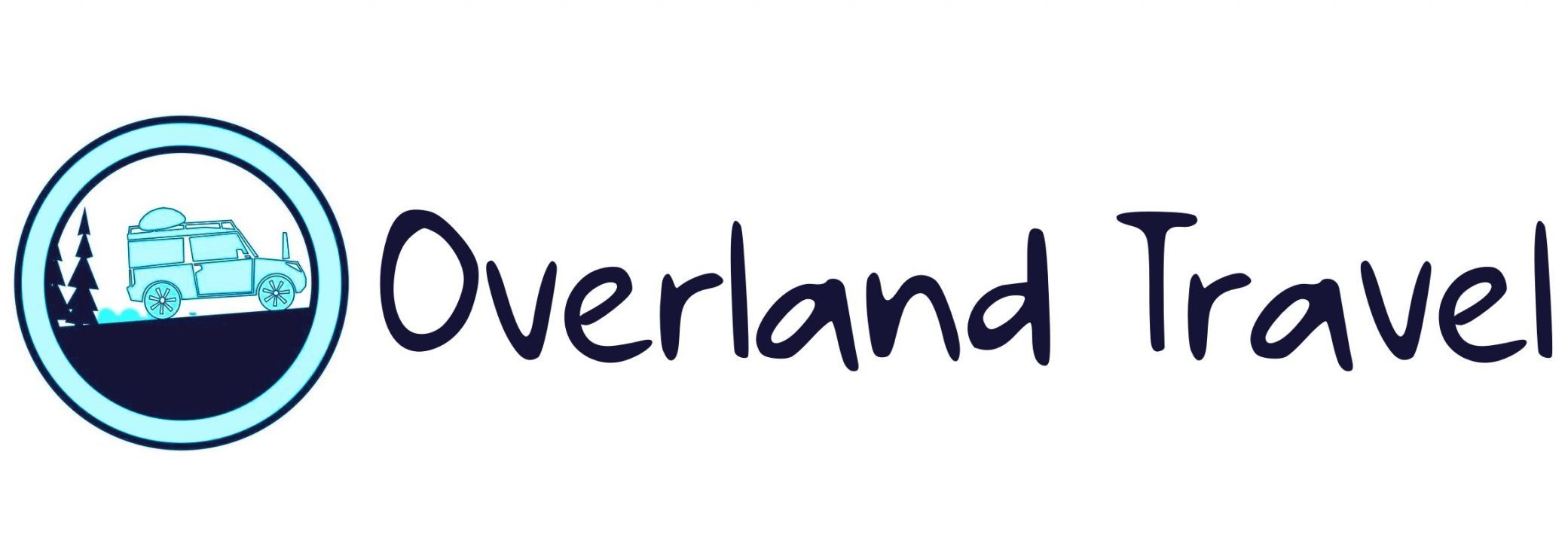From the warm North – to the Red Outback.
Time flies when you are in good company - and now we can see on the calendar that it is appropriate to set the direction south.
Where we have followed the east coast on our way north, it is now time to go further inland. Lush rainforest gives way to red soil and sparser vegetation. The region of the Atherton Tableland lies on the other side of the ridge that we have followed on the way up.
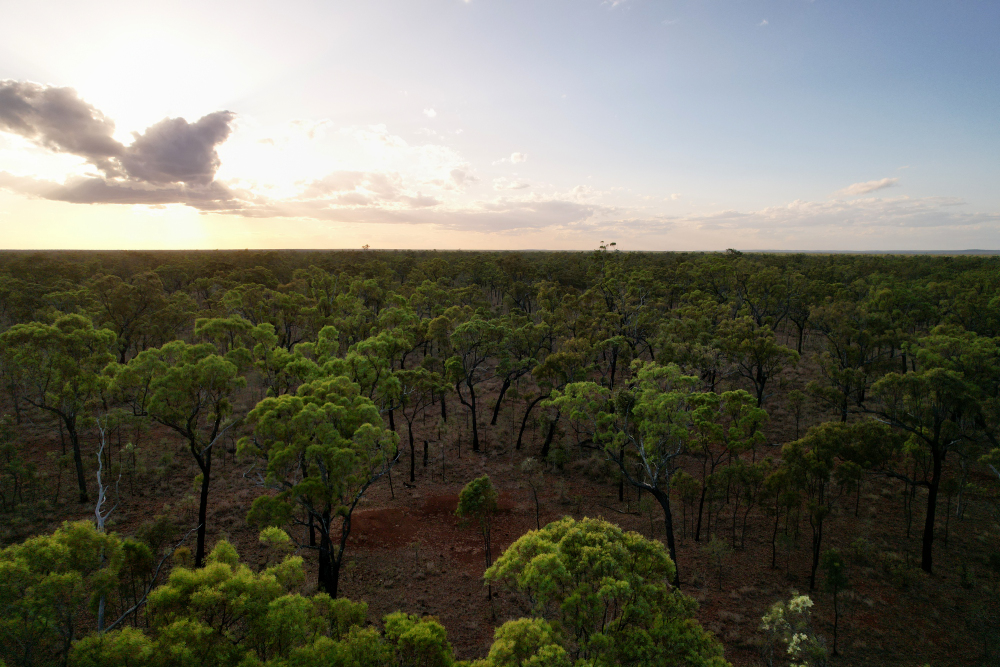
For a long time, we drive through the vast landscape and randomly stop at a rest area. On large information boards, they tell about the area's volcanic history. With intact lava tunnels and cone-shaped volcanic craters - it sounds like something we also know from Iceland. The course is therefore set towards Undara Volcanic National Park.
As the lava tunnels are on private land, it is necessary to go on a guided tour, so we book at the same time at the campsite, which is connected to the local lodge.
The area offers various hikes into the bush, so we dip in a full-body sunscreen factor 50 and set out on the route. It goes over sticks and rocks to viewpoints, bushwalks and wildlife.
When we hit the trails, we're still on the studs. Just the fact that we step on a branch that causes some grass to move and rustle a little, then you automatically think "is it a snake". But we relax more in the environment now. After all, there are no venomous snakes at knee height, we have established. A surprisingly large number of Australians are still alive at the end of the day – versus the very few who are eaten by a shark or bitten by a snake.
It's getting close to 3:30 p.m. and we find our little tour bus that will take us out to the lava tunnels. 20 people will go and a single guide. On the way out, he talks about the area, flora and fauna. We will see 2 tunnels.
On the way to the first tunnel, the guide proudly points to a spider that has spun a web and has young near the footbridge. It's a Golden Orb Spider. We admire the cattle and are happy that it just purrs in its home.
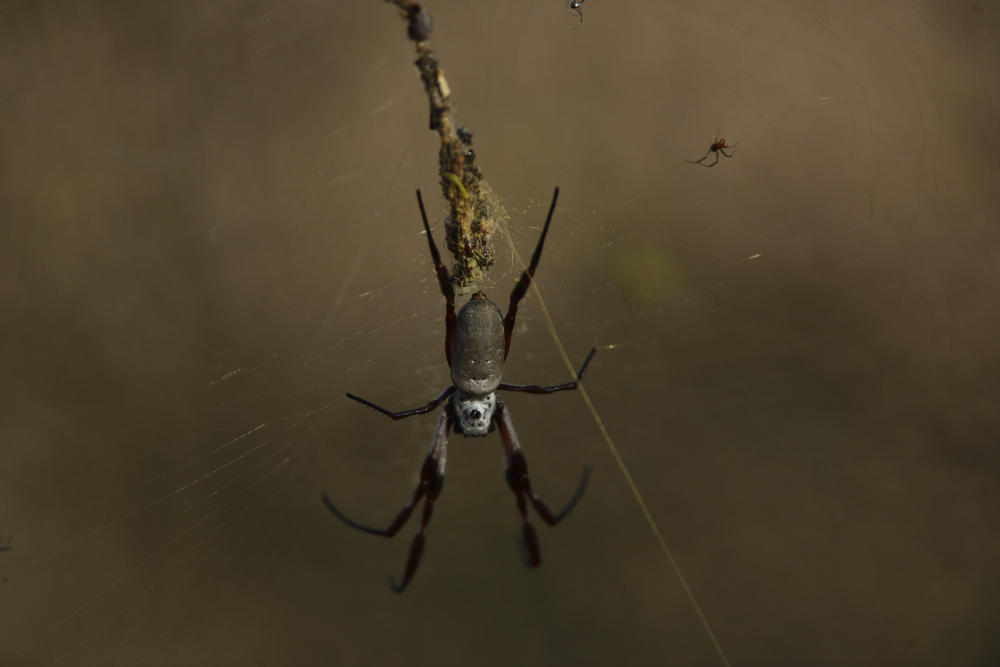
It is significantly cooler down in the tunnel than up in the sun, so we would like to stay here for a while. The tunnel is about 160 km long and has a width of 20 meters and is 10 meters high at the entrance.
Significantly larger than those we have previously seen in Iceland. The next tunnel is about the same size, here there is also a little water. We are here in the dry season, when the wet season sets in, the entire floor will be covered with water.
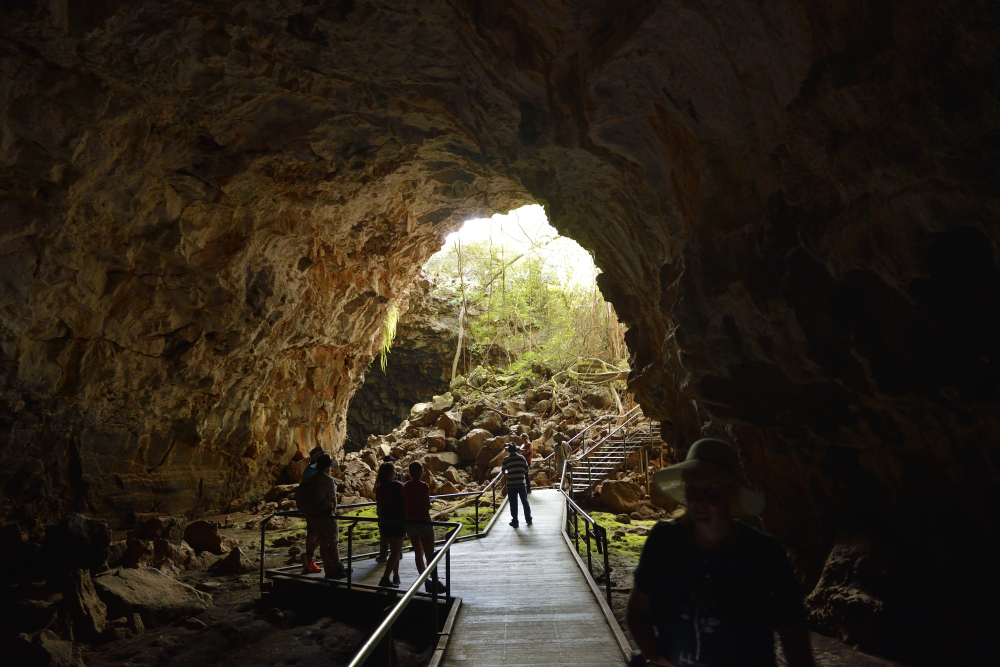
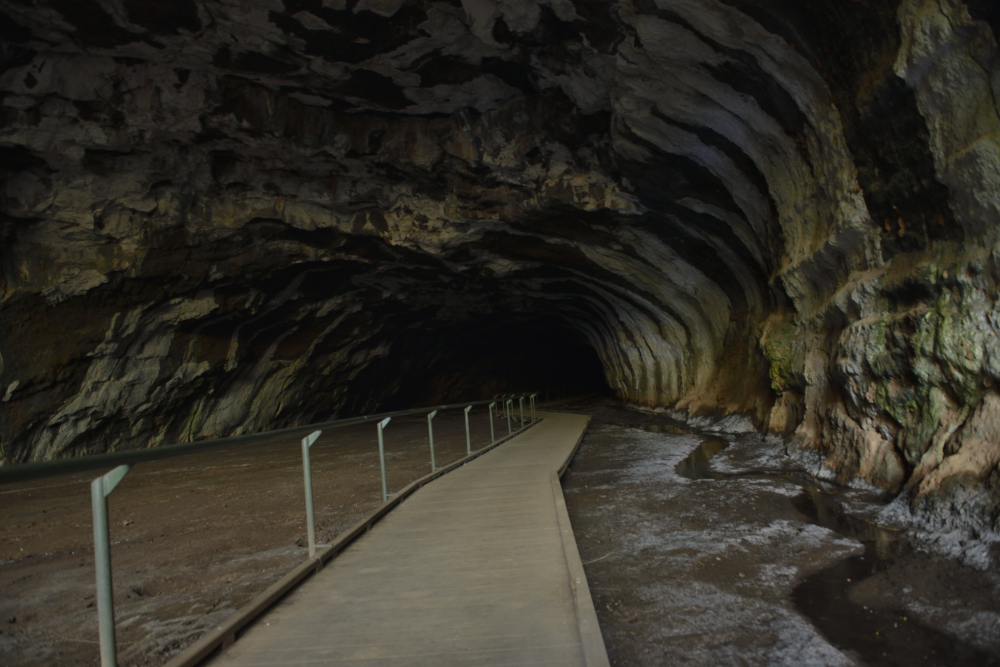
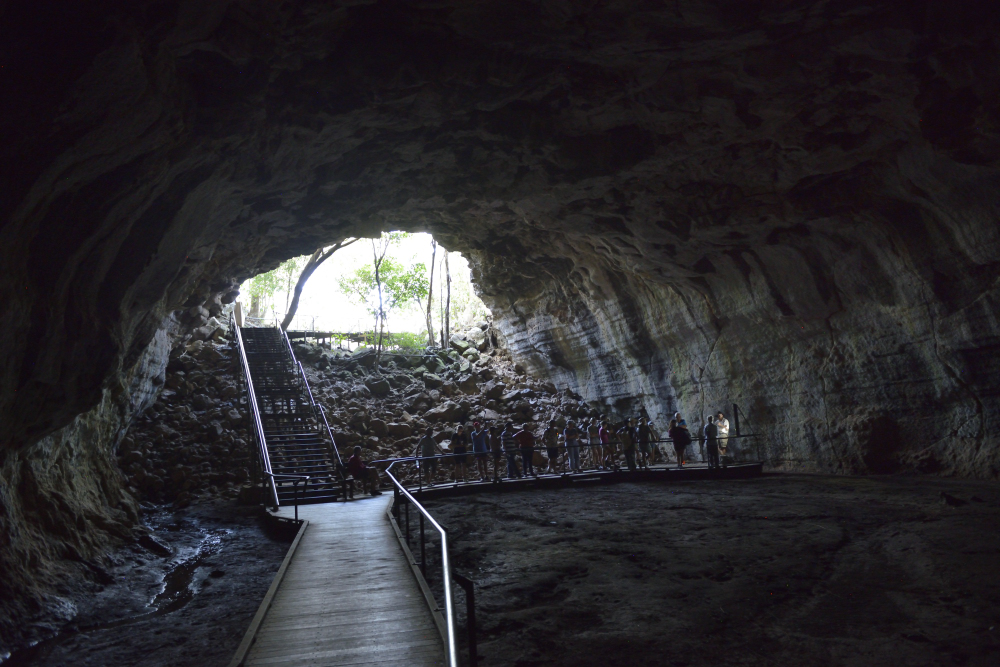
On the way back to the lodge, the guide mentions that once in a while there is an emu that walks through the camping area with her 6 chicks. It is a view we would like to see.
The next morning we get up with the sun and set off on a new hiking route. It's really nice in the outback. After a while we find kangaroos of varying sizes. We just call them all kangaroos, even though there are about 60 different species. It is perhaps as primitive as just calling a flower a flower and not its name. But – we're not biologists.
Sus scouts a lot for emu, but only sees the tail feathers of one - before it has run away.
Back at the campsite, we get ready for departure and grab a shower before we drive. Sus takes a shower first and Johnny is getting his things out when he notices people crowding around with their cell phones. Now what is that? It is the emu and the chickens who come to visit.
Look, bring your camera and see if you can take some pictures.
The emu chugs down towards the toilet building, where Sus has just come out of the bath. In his eagerness, the only thing Johnny can think to shout is "Whoosh... Whoosh - There's an ostrich!!"
They both spot each other at the same time and with a loud SQAAAARK they jump a meter to the side. A comical moment, but the emu quickly regains its dignity and struts on, confident that the humans are not out to harm it.
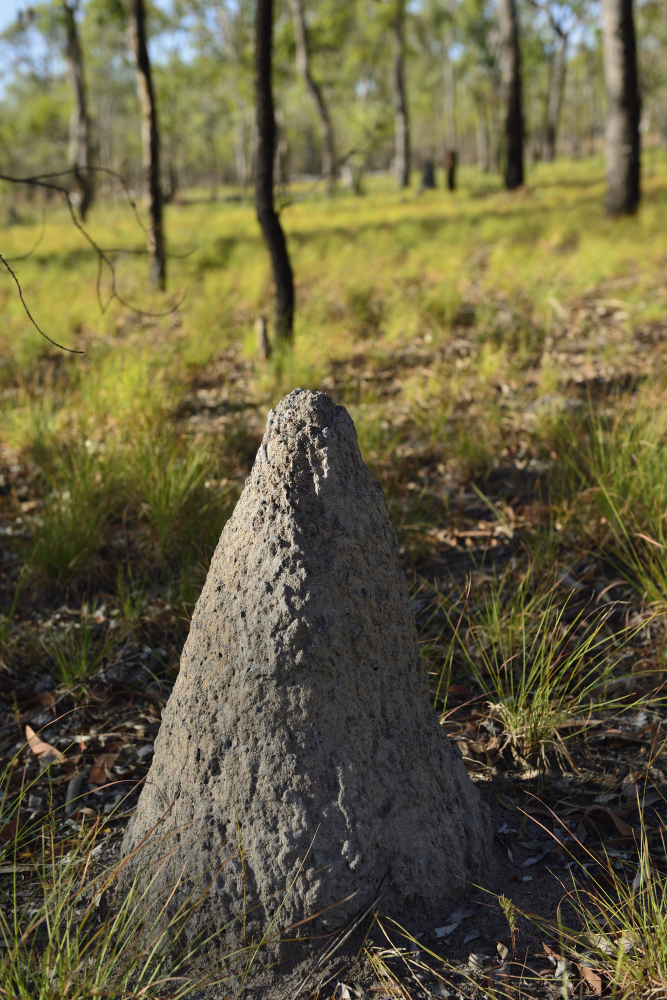
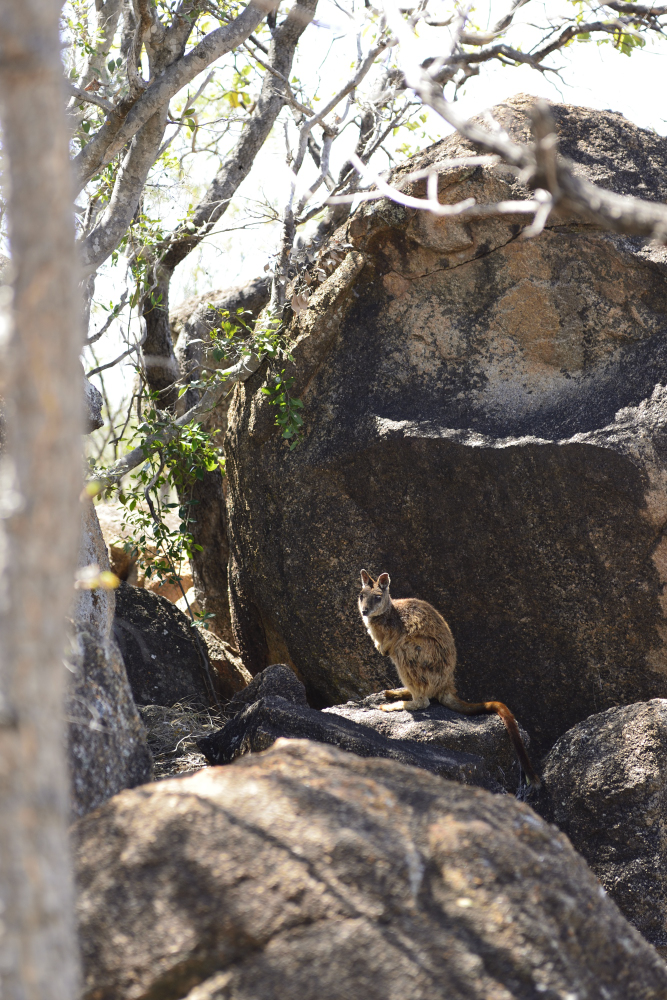
During the following days we drive through the outback - the route is easy. Often the GPS indicates that we follow the road for 200km before we have to turn. Some days on fine asphalt and good flow. Other days on dirt roads of varying quality – and Road Trains pollinate us in abundance.
Within a few hundred kilometers, there is great variation in the landscape – from lush and densely vegetated – to more withered – flower fields and everything in between.
Once you have spotted something...they are in many places - this also applies to Emu.
And just as you think the day is over, there is just one more experience to get excited about.
